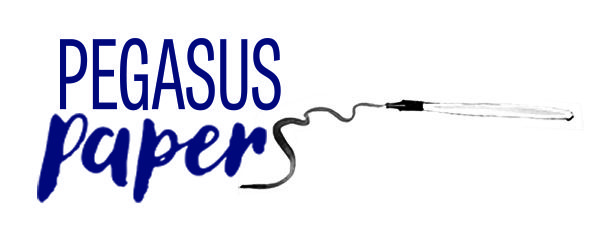Painting Snowdrops
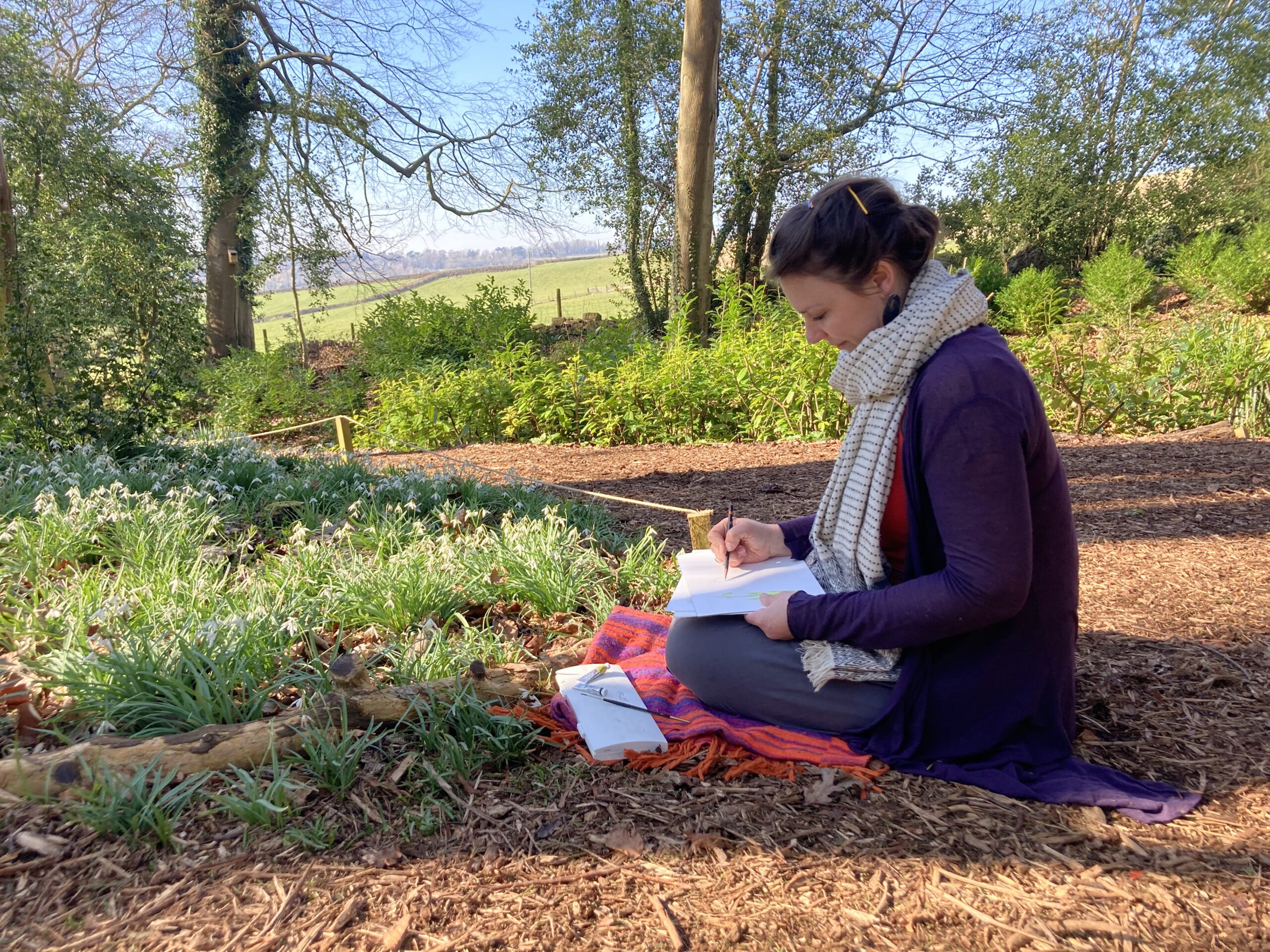
with Botanical Artist, Karen Green
Enjoy this guide to botanical painting snowdrops. With an incredibly tough winter, so many of us have embraced with excitement the blooming of the snowdrops at the end of January, nature’s signal for new beginnings. The promise of an end to the cold winter and the welcome of spring, filling us with hope and lifting our spirits. New senses bursting from the natural world inviting fresh starts not only in the world around us but in each of us.
Botanical art
The last year has been pretty trying and although creativity can take courage it is one of the great expressions of joy gifted to humans. Botanical art is a slow art and can bring about feelings of mindfulness, asking you to focus on the present, take time to observe, draw with care and paint with delicate layers of water-colour. Below I have outlined how to draw and paint a beautiful snowdrop, with guidance on the structure, botany and colour mixing to create natural greens and realistic whites.
A bit of botany
Snowdrops (Galanthus), surprisingly varied in height, petal size, shape and even colouring, take their latin name from the Greek words, gala for milk and anthus for flower. The snowdrop plant is made up of two linear leaves with parallel veins and a single white drooping bell-shaped flower with six petal-like tepals (petaloids) in two circles (whorls).
Types of paper for botanical painting
Working with watercolours it is essential to use paper that has the right absorbent qualities to work with the water and pigment. The variety of watercolour blocks and watercolour sheet paper can be a mindfield but Pegasus Art has a brilliant selection, from budget options to professional papers. Look for ‘Hot-Pressed’ (HP) paper as this has a very smooth surface and is suitable for drawing and painting fine detail, with a weight of 300gsm so it doesn’t buckle.
Drawing
For the drawing part of a botanical painting, you only need a well-sharpened HB pencil so you can create crisp, clean lines. You want to press very lightly and use a putty rubber for any mistakes.
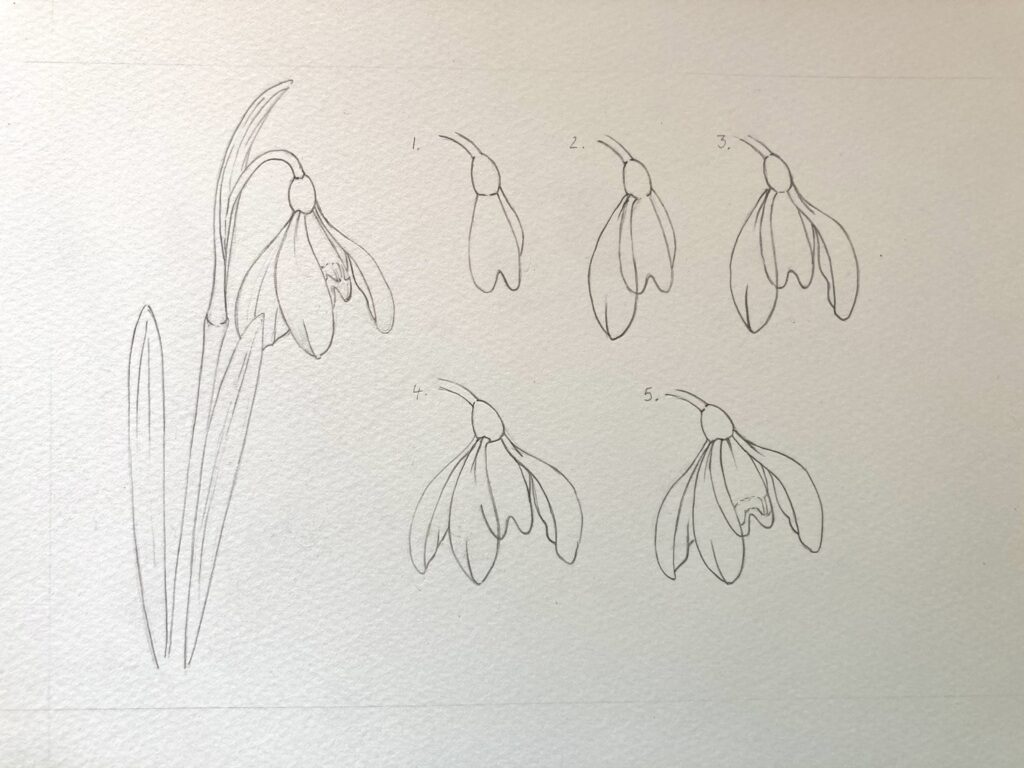
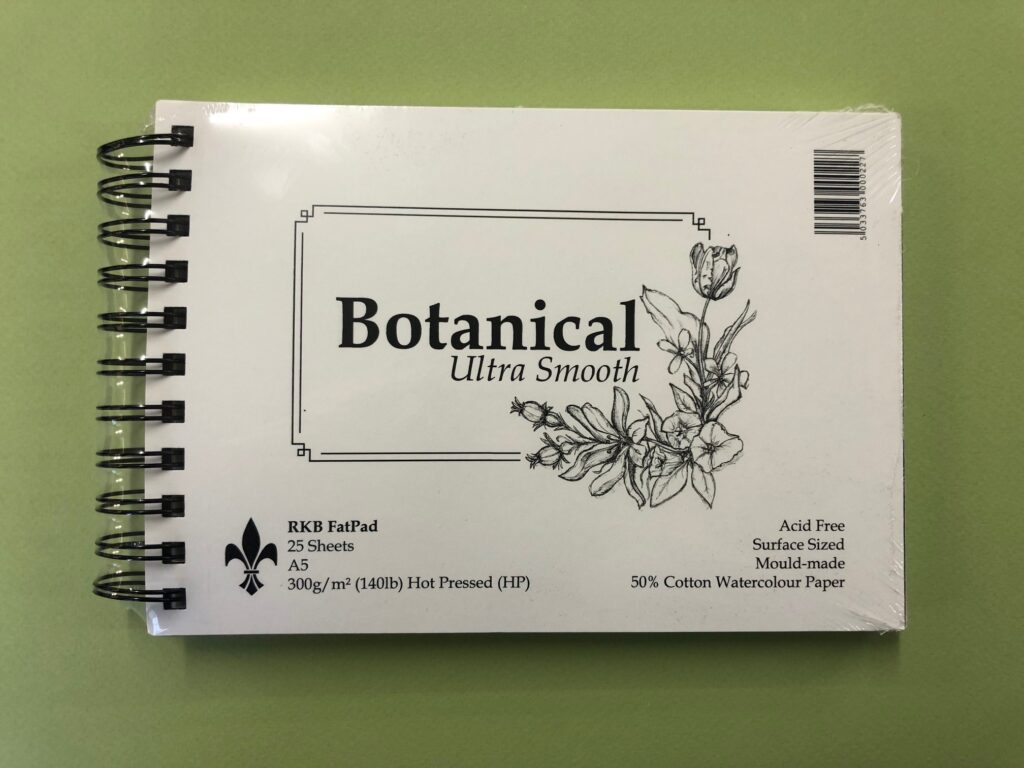
Watercolours
Winsor & Newton are renowned for good quality watercolour paints. Pegasus Art supply the Cotman student quality and the Professional range as separate tubes or pans, and as whole sets. Whatever watercolours you buy, get to know the colours you own and how they work with other colours. You rarely use a paint straight from its tube or pan and colour-mixing to match the specimen you are working from can be a fun experiment.
Colour mixing
I spend time mixing the correct colours, testing and trying again as I’m constantly challenged to create different tints, tones, shades and hues! Start by mixing only two colours and then possibly add a third pigment. Never combine more than three otherwise your colour can start to look muddy. And always keep your water fresh and clean! Dirty water means dirty paint!
The varieties of mixing green are endless. From using your primary yellows and blues as well as adding in its complimentary red for warmth.
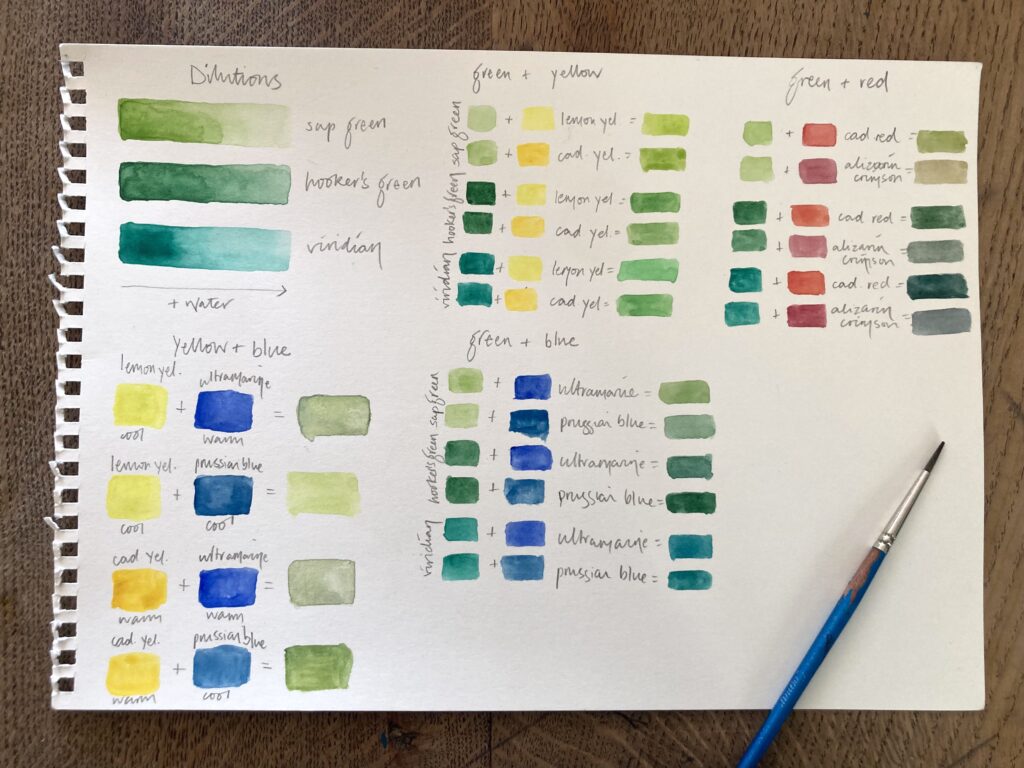
Types of brushes
Although you can use sable watercolour brushes, I actually find synthetic brushes perfectly fine and easier to paint with. Botanical artists tend to use thin paintbrushes ranging from teeny tiny 0 up to about 6 or 8. With a couple of in between sizes (2, 3,or 4), you will have a variety of brushes to create larger washes and much finer detail. The smallest I use is actually a 2 as with the very end of the point you can achieve the same precise marks.
Browse for brushes in the online shop at Pegasus Art.
Build up layers
Botanical painting involves building up layers of washes. Starting with ‘thin’ washes – more water, less paint – leaving each layer to dry before adding another. Begin with a lemon yellow for the base layer of the leaves, as this creates a luminosity that shines through, layering on a wash of sap green over the top and then creating a final wash of a mix of ultramarine and sap green to the lower end of the stem. Add a darker tone of this mix to one side of the stem and the underneath of the receptacle (the part that joins to the flower head) to create a shadow.
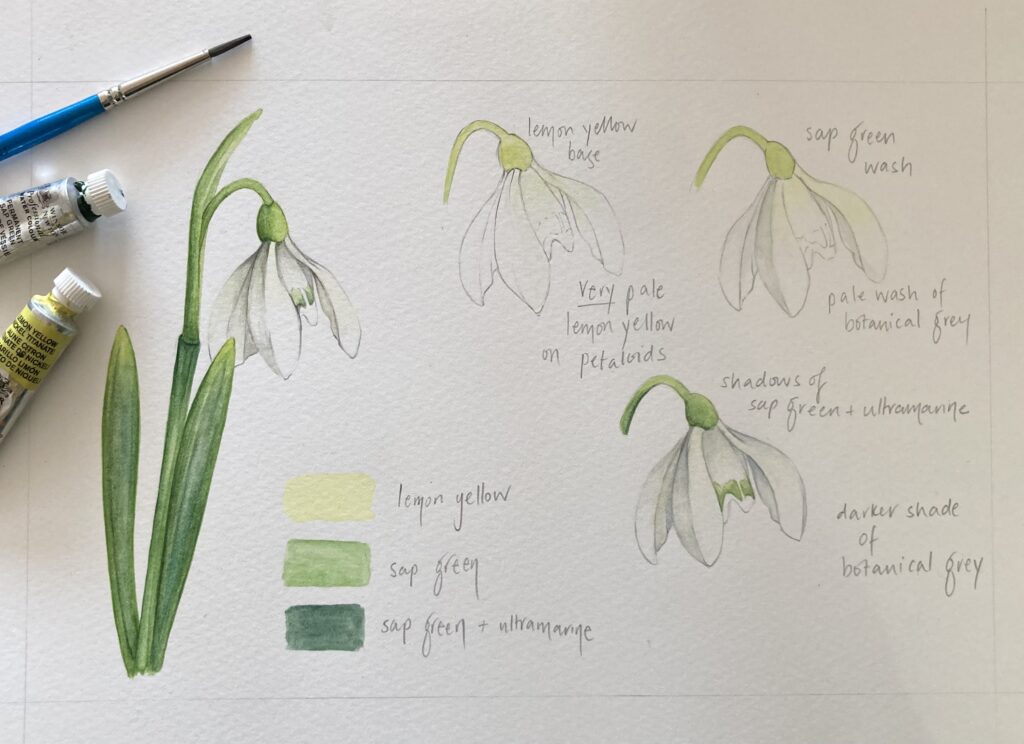
Mixing whites
White watercolour paint is hardly ever used. Your paper is your pure white. However white in nature is rarely pure! It reflects all the colours around it, particularly yellows and greens from foliage, and contains plenty of shadows. Black is a big no no in painting in general, Paynes Grey is a suitable shadow colour for beginners but to really bring life to your whites mix a ‘botanical grey’ using the three primary colours. Remember again to use darker tones where the petaloids overlap.
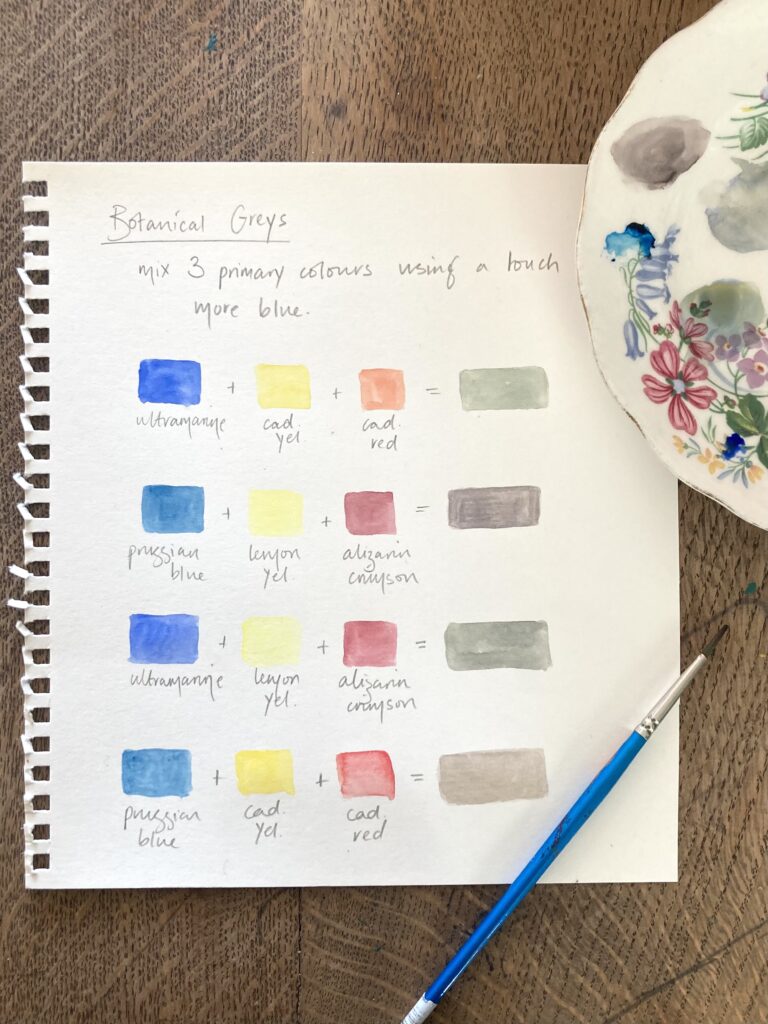
Happy painting and I hope this brings you some joy and maybe even inspires you to join me on a days Botanical Painting workshop at Pegasus Art.
Botanical Painting Workshops in 2021 & 2022 – All bookable online as follows:
- Sweet Peas Botanical painting workshop 26th June 2021 £80
- Peas & Pears (& other seasonal fruit & veg) 25th September 2021 £80
- Autumn Leaves 23rd October 2021 £80
- Holly, Ivy & Mistletoe 13th November 2021 £80
- Spring Flowers 12th March 2022 £80
- Blossom Botanicals 7th May 2022 £80

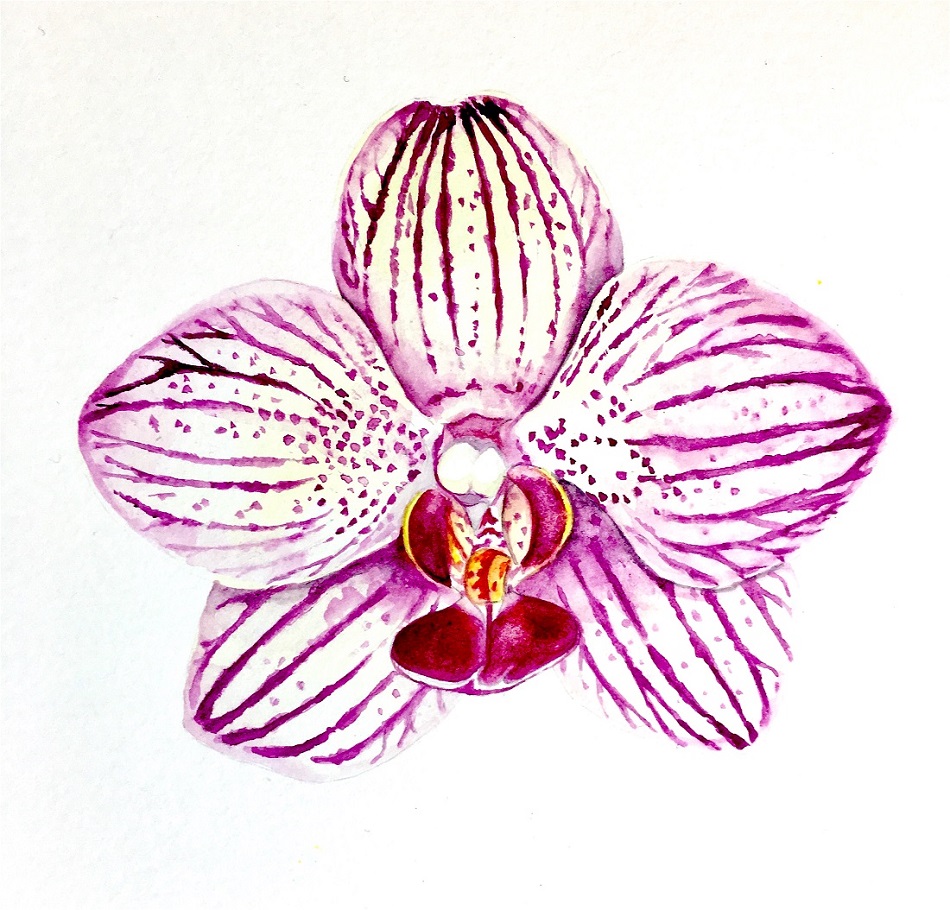
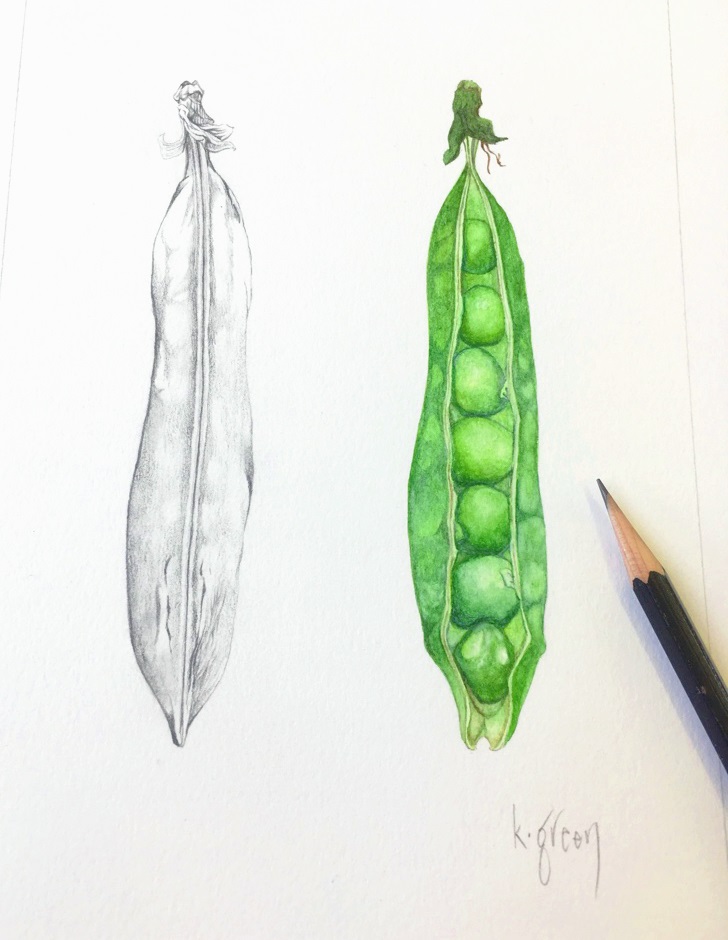
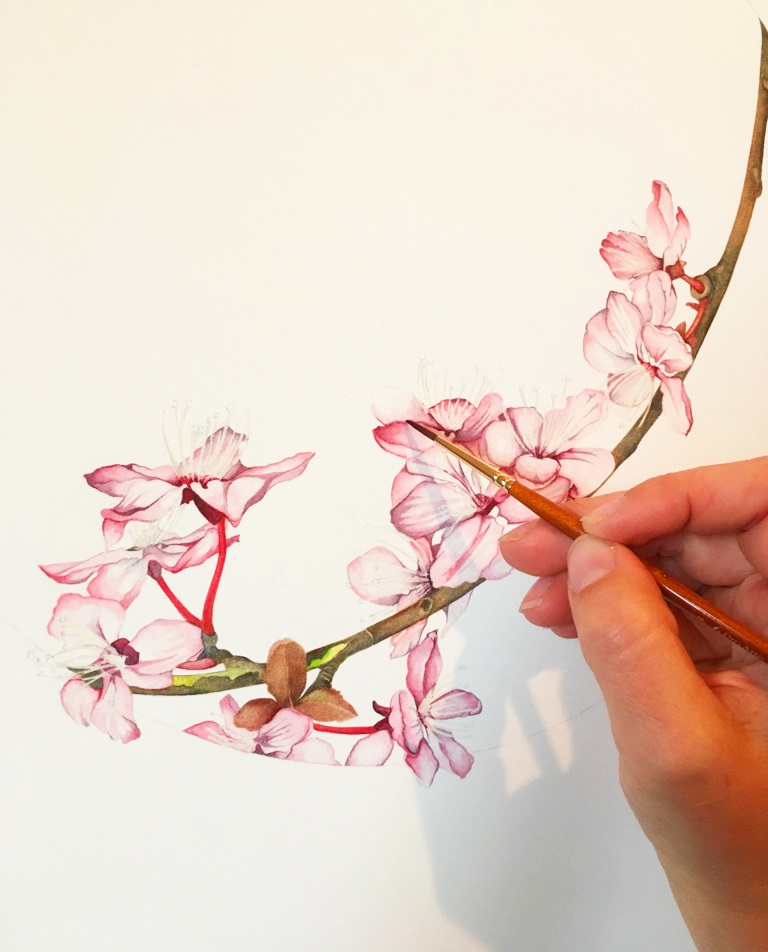
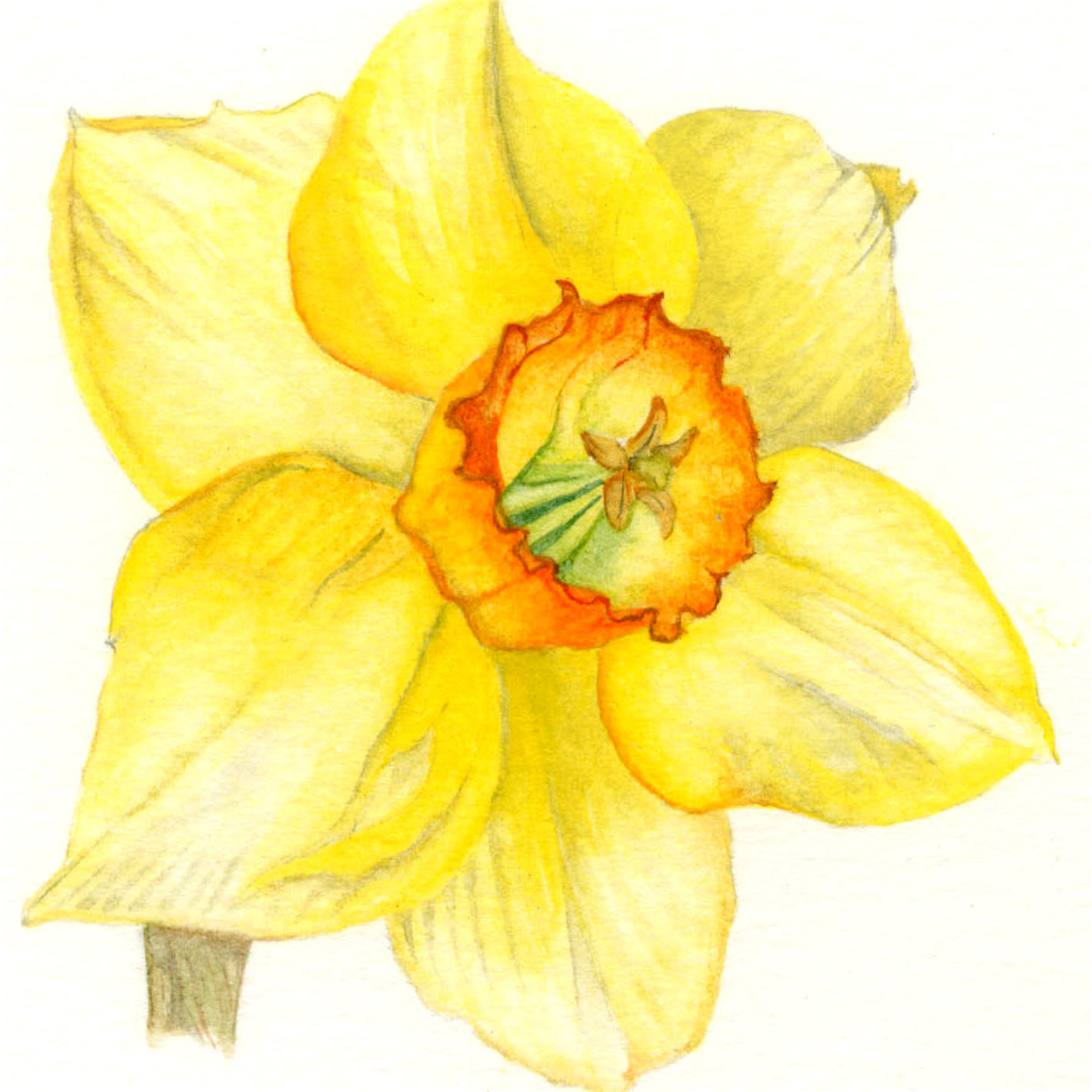
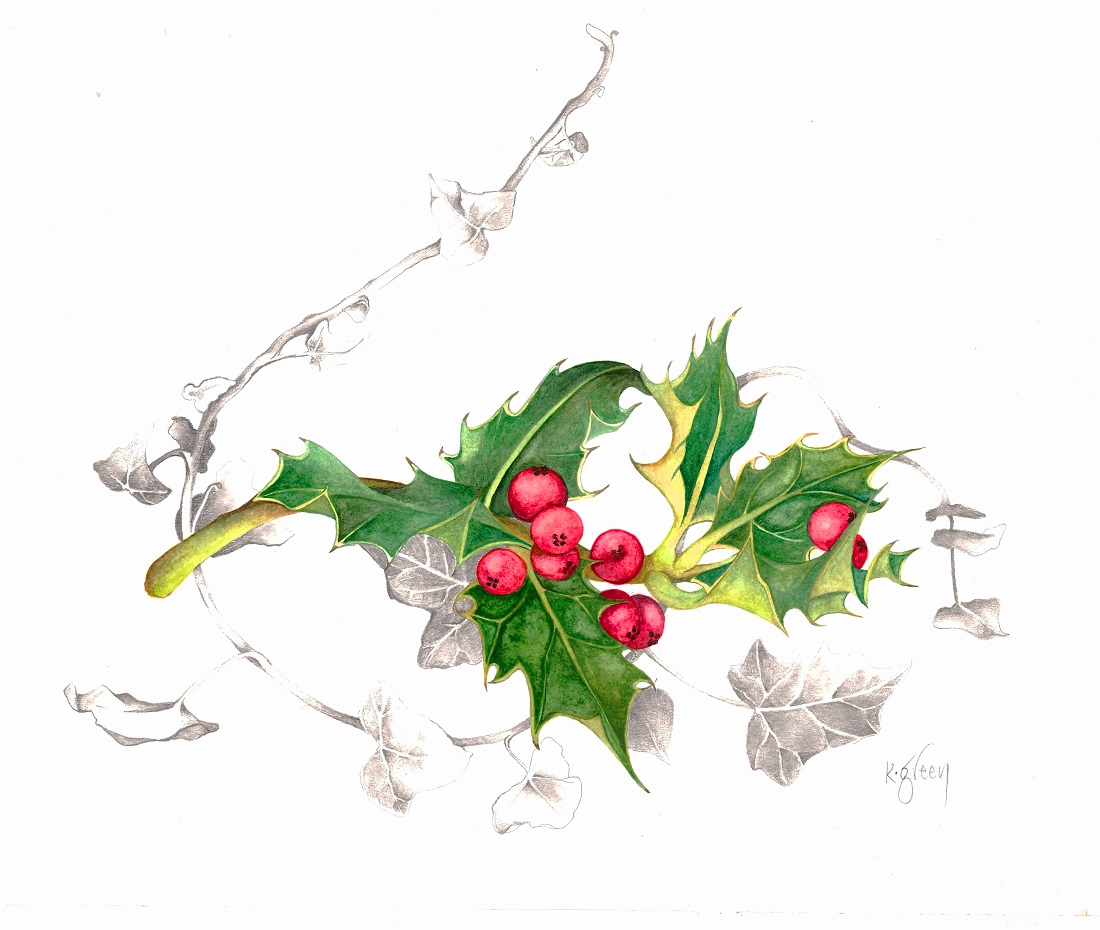
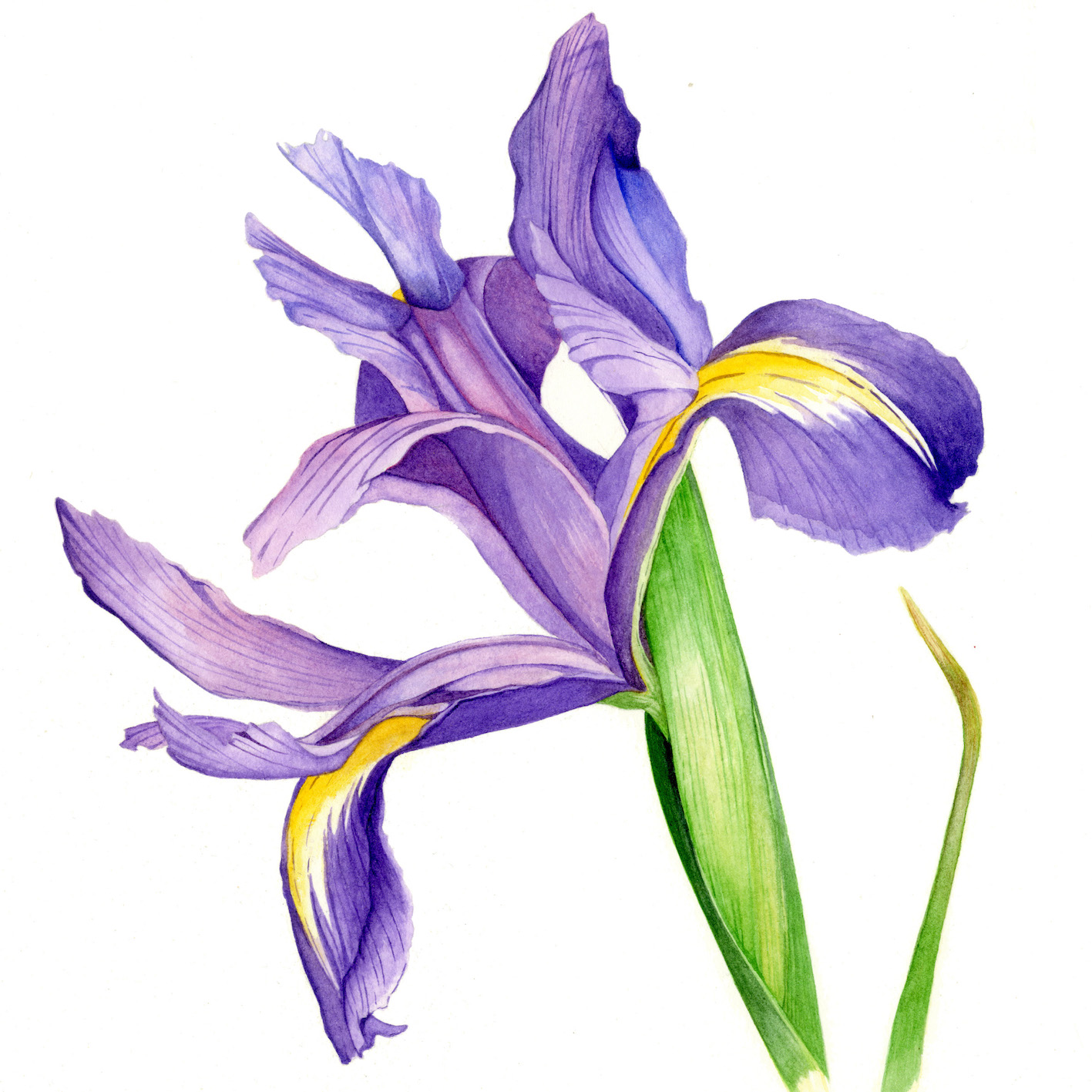
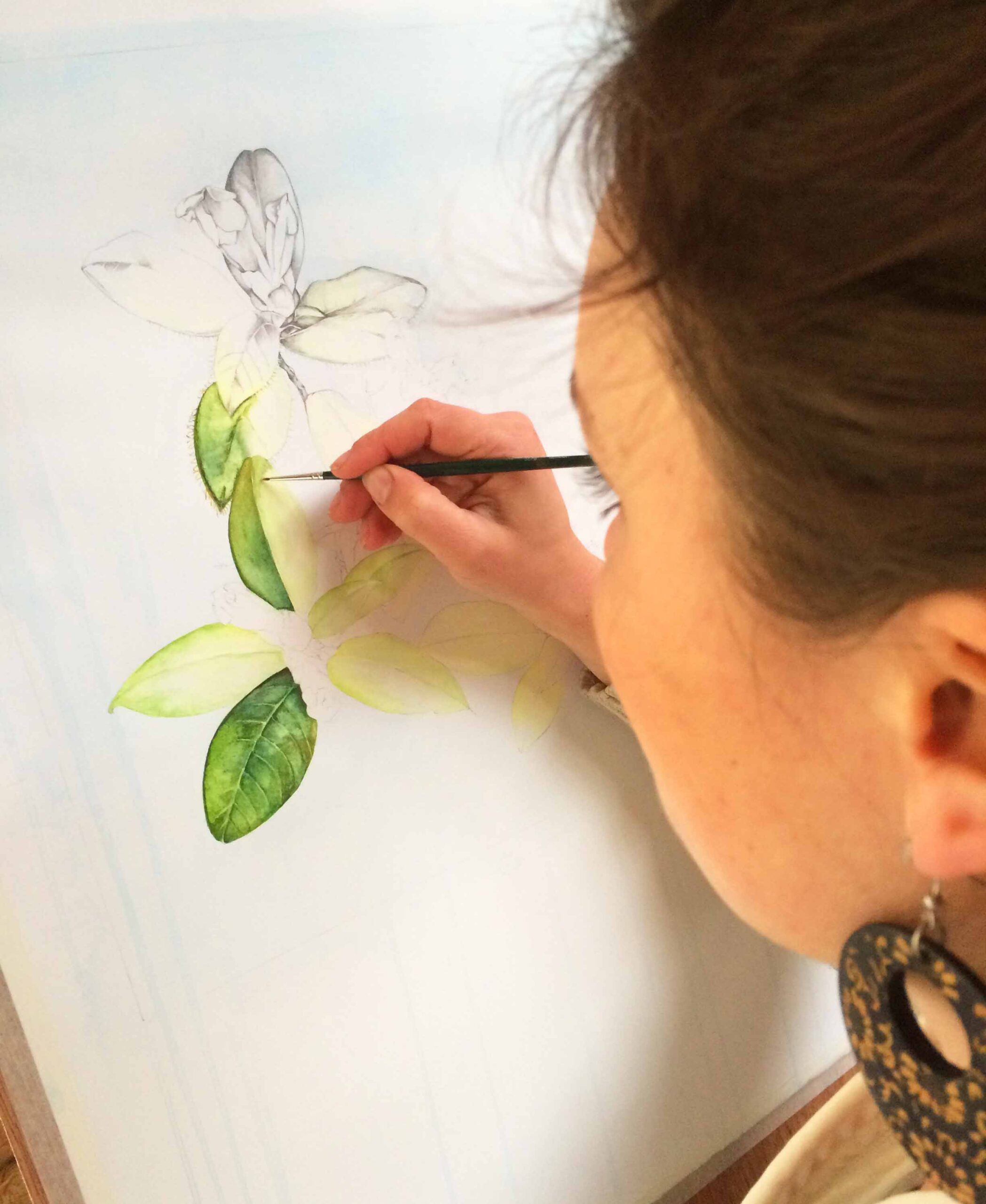
Karen Green is a Botanical Artist, living and working in Leonard Stanley, Gloucestershire. She runs Botanical Painting workshops at Pegasus Art throughout the year. Karen is exhibiting her work at the Rococo Gardens in Painswick throughout the month of May. Follow her on Facebook & Instagram @karengreenart. You can view and buy her cards and prints on her Etsy shop KarenGreenBotanicals
